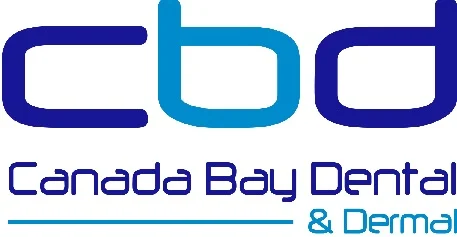Oral Herpes: A Short Guide
/Did you ever have to suffer through a cold sore that is supremely painful, irritating, and contagious just before an important meeting? Cold sores are just like that. They pop up at the most inopportune times and in fact, they can be quite painful, disfiguring, and extremely difficult to cover up.
What Are Cold Sores?
Oral herpes, or herpes labialis, is a viral infection that manifests in the form of small blisters that develop on the lips or around the mouth. You probably refer to this infection by its more common name, cold sores. That’s because the sore erupts when the patient has a fever or cold. The blisters linger for about seven days and then go away by themselves.
The HSV-1 virus, or the cold sore virus, enters the body through damaged oral mucosal tissue and causes these blisters. Typically, the first infection does not cause blisters. Instead, the virus enters the body and goes into hibernation or sleep mode. It actually goes into hiding along the course of a nerve; most commonly, the facial nerve that runs over the face, cheeks, and lips. The virus hibernates until the body’s immune system gets compromised due to stress, illness, sunlight, sunburns, fever, dehydration, local skin trauma, weakness, etc. When the body’s immune system is weak, the virus gets a chance to pop out. It travels down the course of the nerve to the skin where it causes blisters on the mouth, lips, nose, chin or cheeks.
Symptoms of Cold Sores
A patient with a cold sore may experience fever, tiredness, malaise, muscle aches, and irritability. The primary symptoms seen in all patients are pain, burning and tingling. These symptoms occur before the sore appears. Once the sore is visible, the active stage may last anywhere from two to 12 days.
Clusters of small blisters appear in the same area and they break down in a few days to form shallow grey ulcers on a red base. After a few days, the ulcers are covered with a yellow crust or yellow covering. The ulcers resolve without any scarring, again, in about a week to 12 days. Some patients may experience blistering and ulcers inside the mouth in the same progression. These ulcers are much more painful and they may make eating and drinking difficult. However, if you experience dry mouth, irritability and drowsiness, get in touch with your doctor immediately.
Treatment of Cold Sores
Some patients experience fever and muscle aches before the ulcers. Paracetamol and ibuprofen are recommended.
Dehydration is a common concern and patients have to drink a lot of water to aid in recovery.
Topical anti-virals like Aciclovir, Penciclovir, Famciclovir, Valalciclovir, etc in the form of 5 percent creams or oral tablets are perfect to control the ulcer.
Topical applications of a saturated fatty alcohol like Docosanol are also approved by the FDA.
Topical anaesthetics like lidocaine may be prescribed to control the pain.
Home remedies like Lysine supplements, sunblock on the affected area with a cream like Blistex Medicated Relief SPF 15, cold sore patches like Compeed, cold compresses, OTC lotions like Abreva to reduce redness and pain, etc are all helpful to varying degrees.
In some relatively rare cases, patients have to be admitted to a hospital if the condition becomes very painful. You should check with your dentist or doctors if you experience frequent episodes of cold sores or if the pain from them becomes intolerable.
